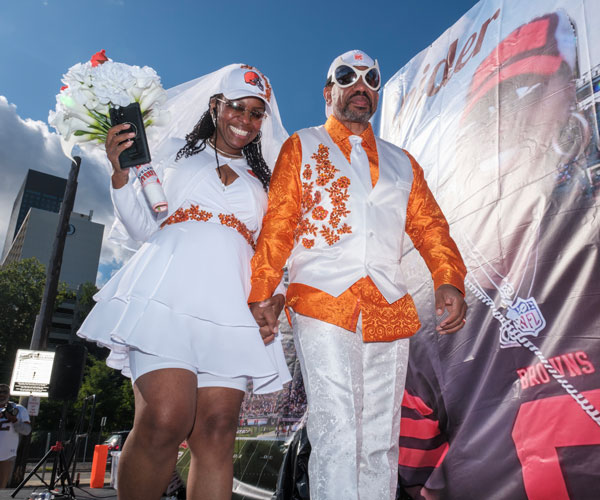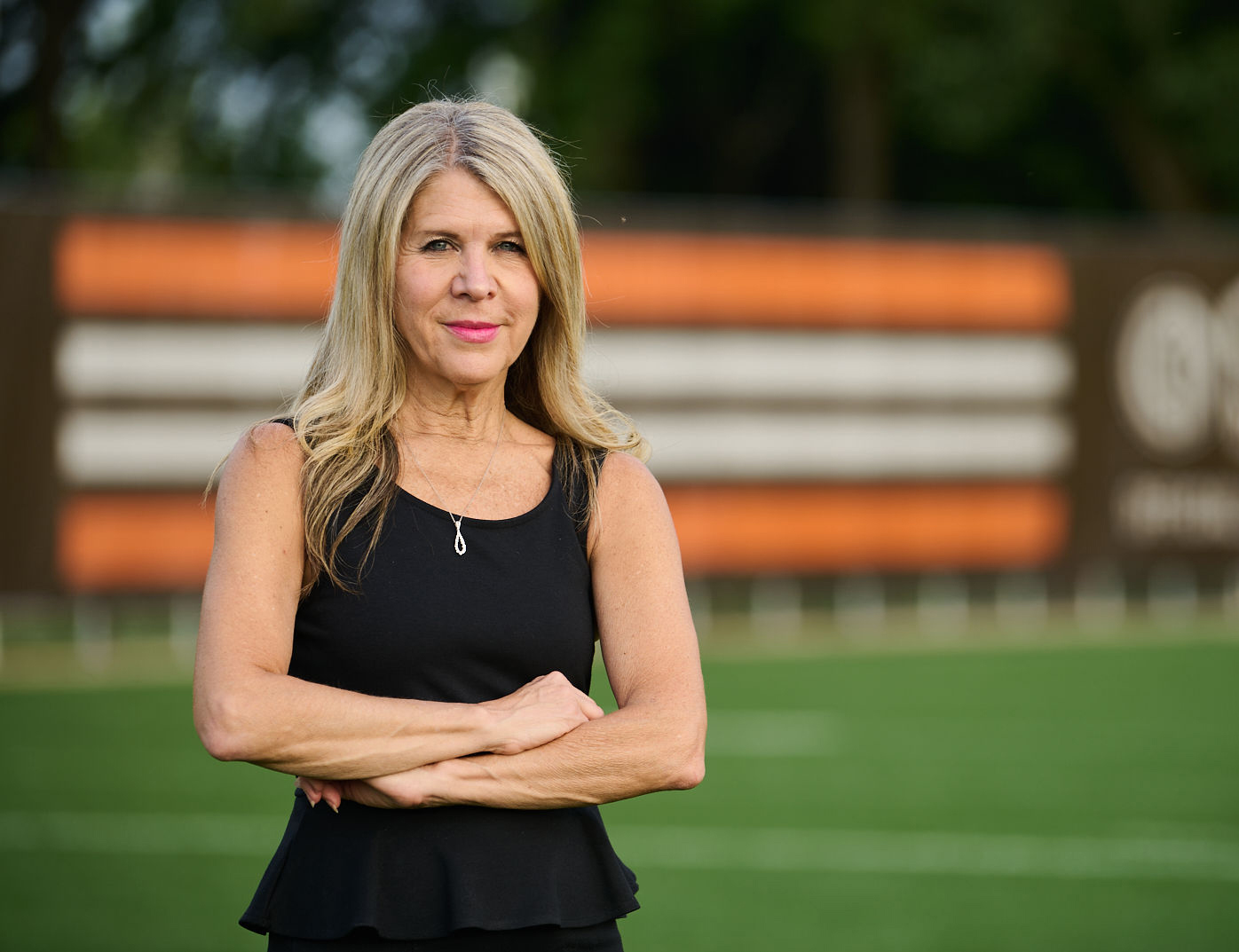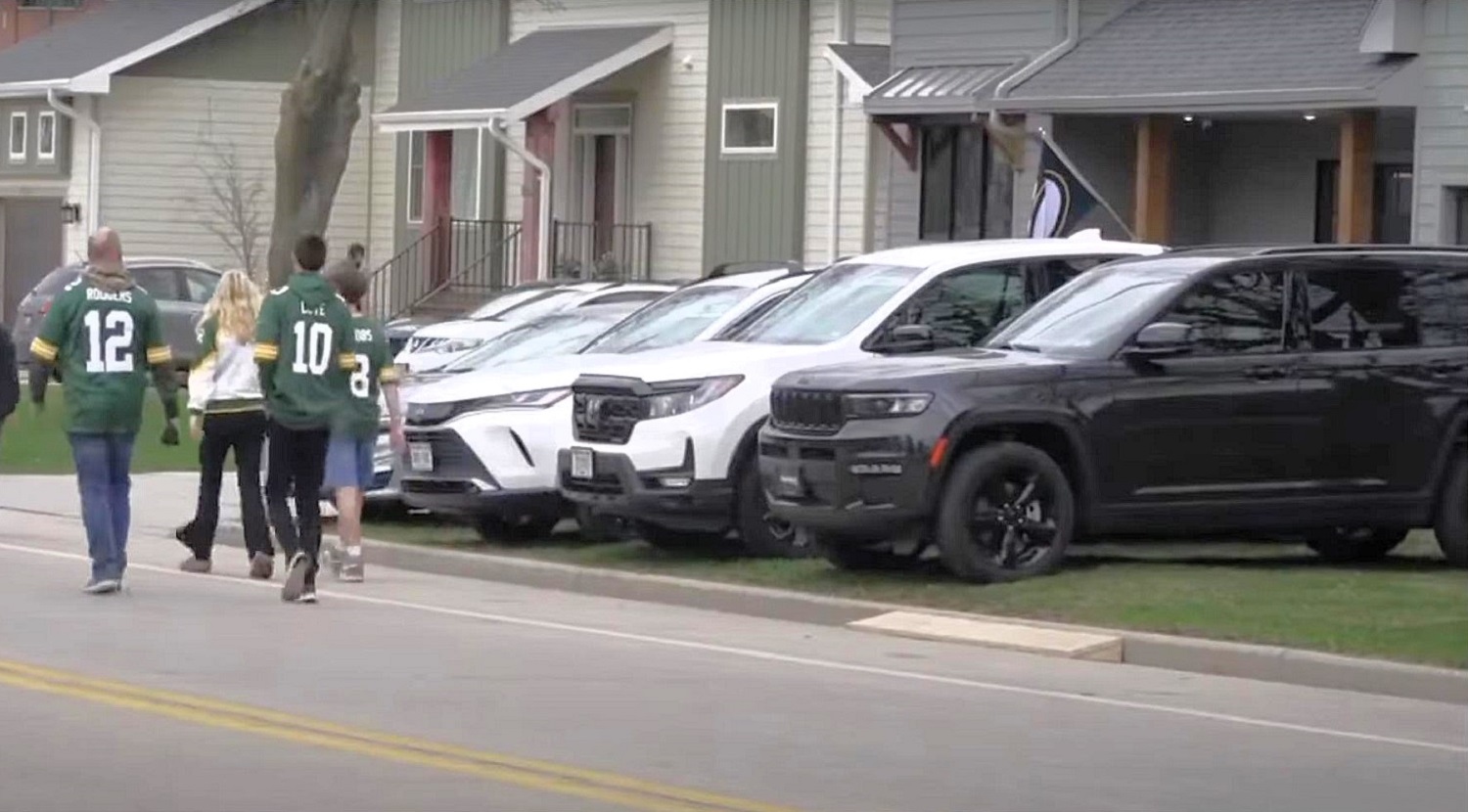After 30 Years, Rocket Mortgage FieldHouse Continues to Revitalize Downtown Cleveland
by Vince Guerrieri | Oct. 17, 2024 | 9:00 AM
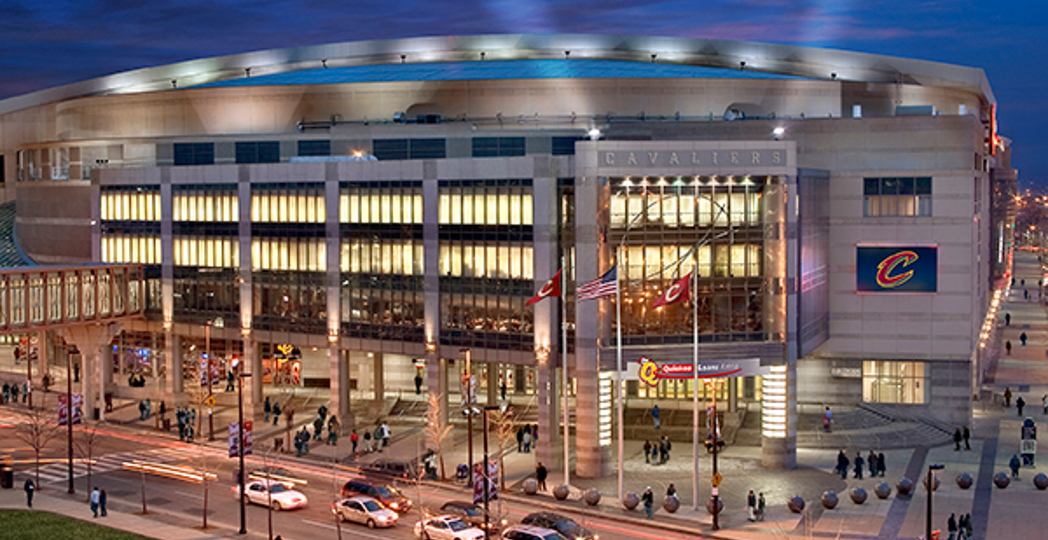
Courtesy Cleveland Cavaliers
The fall of 1994 saw a party in Downtown Cleveland that was 20 years in the making.
Playhouse Square was bringing new life to the eastern edge of Downtown, but in general, the city center had a reputation as a place where people didn’t come at night.
Richfield had been the epicenter of Cleveland indoor sports and concerts since 1974. The town, about 20 miles south, was in Summit County, not even Cuyahoga. The nickname legendary announcer Joe Tait bestowed on the Coliseum: “the palace on the prairie.”
But in 1994, the old Central Market was now the home to an arena and a ballpark. On Oct. 17, the new Gund Arena, named for Cavs owners George and Gordon Gund. The sports complex, the culmination of more than a decade of planning, was “deflowered” by Billy Joel, as he put it at his piano that night, according to a report in The Plain Dealer. (The Richfield Coliseum had been opened by Frank Sinatra.)
Now at 30 years, it’s outlived its predecessor, the Coliseum. Despite going through three names, it hasn’t lasted quite as long as the old Cleveland Arena, but it’s definitely aged better than the place derided by early Cavs players as a big old icehouse in a declining neighborhood. Rocket Mortgage FieldHouse, as it’s now known, has even reinvented itself, thanks to a $185 million renovation completed in 2019.
“Every year, we think about our arena and our facility as a platform to bring people Downtown and bring people together and unite our community,” says Nic Barlage, the CEO of Rock Entertainment Group, which oversees Dan Gilbert’s sports and entertainment interests in Cleveland.

Courtesy Cleveland Cavaliers
Cleveland has had a host of sporting and performing arts venues with varied success. Part of the Group Plan was a Public Auditorium, including an auditorium, a music hall and a theater, built in 1922. Fifteen years later, an ice arena opened on Euclid Avenue, with the hopes of luring an NHL team to Cleveland. By the 1960s, both were in states of disrepair.
In 1968, Nick Mileti bought the arena and its main tenant, the Cleveland Barons of the American Hockey League. He set about to do two things: get an NBA expansion team and find a new place for them to play. There was initially talk of an arena on the lakefront — about where the Great Lakes Science Center and Rock & Roll Hall of Fame are now. But Mileti and the Cavs decamped for Richfield to an area Mileti believed would grow into a megalopolis around the Coliseum.
“Once you got in the arena and got inside, it was a first-rate facility,” says Ken Silliman, who worked in three mayoral administrations in Cleveland. “But that last part of the drive was like the Polar Express.”
Meanwhile, the Indians and Browns were playing in Municipal Stadium on the lakefront. Opened in 1931 as the first designed multipurpose stadium, it could still rock for Browns games and concerts, but the crowds were significantly smaller for the Indians. In the 1980s, talk turned to a new venue, initially a domed, multipurpose stadium for both teams, on the former site of the old Central Market.
But on Nov. 13, 1986, Richard and David Jacobs bought the Indians. Their vision for the team did not include a dome.
“Dick Jacobs had stated in very clear terms that he would only support an open-air baseball facility, and he communicated that to the business leaders that were driving the initiative,” Silliman says.
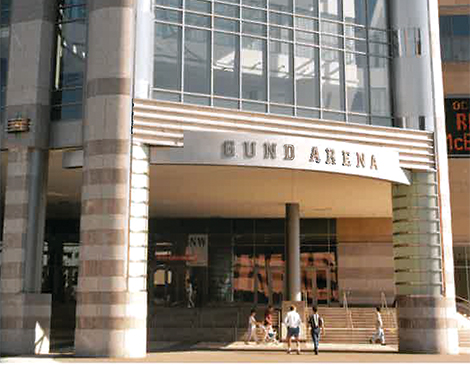
Courtesy Cleveland Cavaliers
Municipal and public-private partnership plans are like turning the proverbial battleship, so what happened next happened at comparative light speed, Silliman says. Mike White was elected mayor in 1989, and there were legitimate concerns that the Indians would leave town if a new ballpark wasn’t built. A vote on a Cuyahoga County “sin tax” on alcohol and tobacco was scheduled in May 1990, and very quickly, the project pivoted to a ballpark and an arena, at White’s urging, Silliman says, because it would add to the local economy by bringing the Cavs and other assorted events back Downtown.
“There was an extraordinarily short deadline,” says Silliman, who himself later served as the chairman for Gateway, the entity that oversaw both venues. “You had to negotiate letters of intent with the Indians and Cavaliers, and both were very, very tough negotiators. That was a very intense four months.”
The sin tax passed, by a thin margin. Earth started moving, cement started getting poured and the new ballpark opened in April 1994, followed six months later by the arena.
In addition to the Cavs, who were going through a transitional era, from the 1980s teams of Brad Daugherty, Mark Price and Hot Rod Williams to the LeBron James era, Cleveland became home to a WNBA team, the Rockers, in 1997. The Dream Team played a game there before venturing to Atlanta for the 1996 Olympics. Early concerts included acts as varied as Elton John, 2Pac and Garth Brooks, who sold out a 1996 date so quickly that he added three more at the arena.
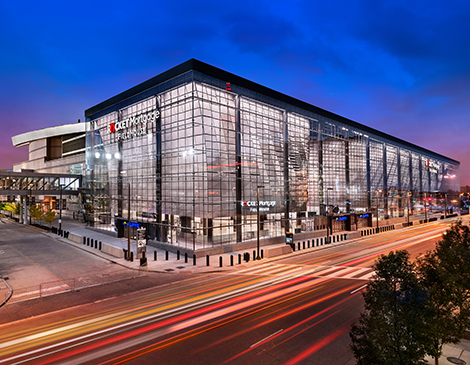
Courtesy Cleveland Cavaliers
Events in Cleveland have even branched out beyond sports and concerts. The arena — then called Quicken Loans Arena — hosted the Republican National Convention in 2016, the first time Cleveland had been picked to host a political convention in 80 years. And this summer, Cleveland hosted the American Society of Association Executives, an organization of people whose duties include picking out locations for future conferences and conventions.
In 2019, the arena got a new name, Rocket Mortgage FieldHouse, and a refreshed look. A glass facade gives an entirely different look to the building, and a new atrium added more than 42,000 square feet to the building’s size.
During the restoration, Cleveland was announced as the host of the 2022 All-Star Game. The Cavs hosted the NBA All-Star Game in 1997, which celebrated the NBA’s 50th anniversary; the 2022 game celebrated the league’s 75th anniversary. “And we’re already petitioning for the 100th,” Barlage says.
Downtown is a destination site again — thanks in part to Rocket Mortgage FieldHouse.
“We want to be seen as Cleveland’s living room,” Barlage says. “We want to be this international gateway to share everything Cleveland is and Cleveland has.”
RELATED: The 30 Biggest Moments in the 30-Year History of Rocket Mortgage FieldHouse.
For more updates about Cleveland, sign up for our Cleveland Magazine Daily newsletter, delivered to your inbox six times a week.
Cleveland Magazine is also available in print, publishing 12 times a year with immersive features, helpful guides and beautiful photography and design.
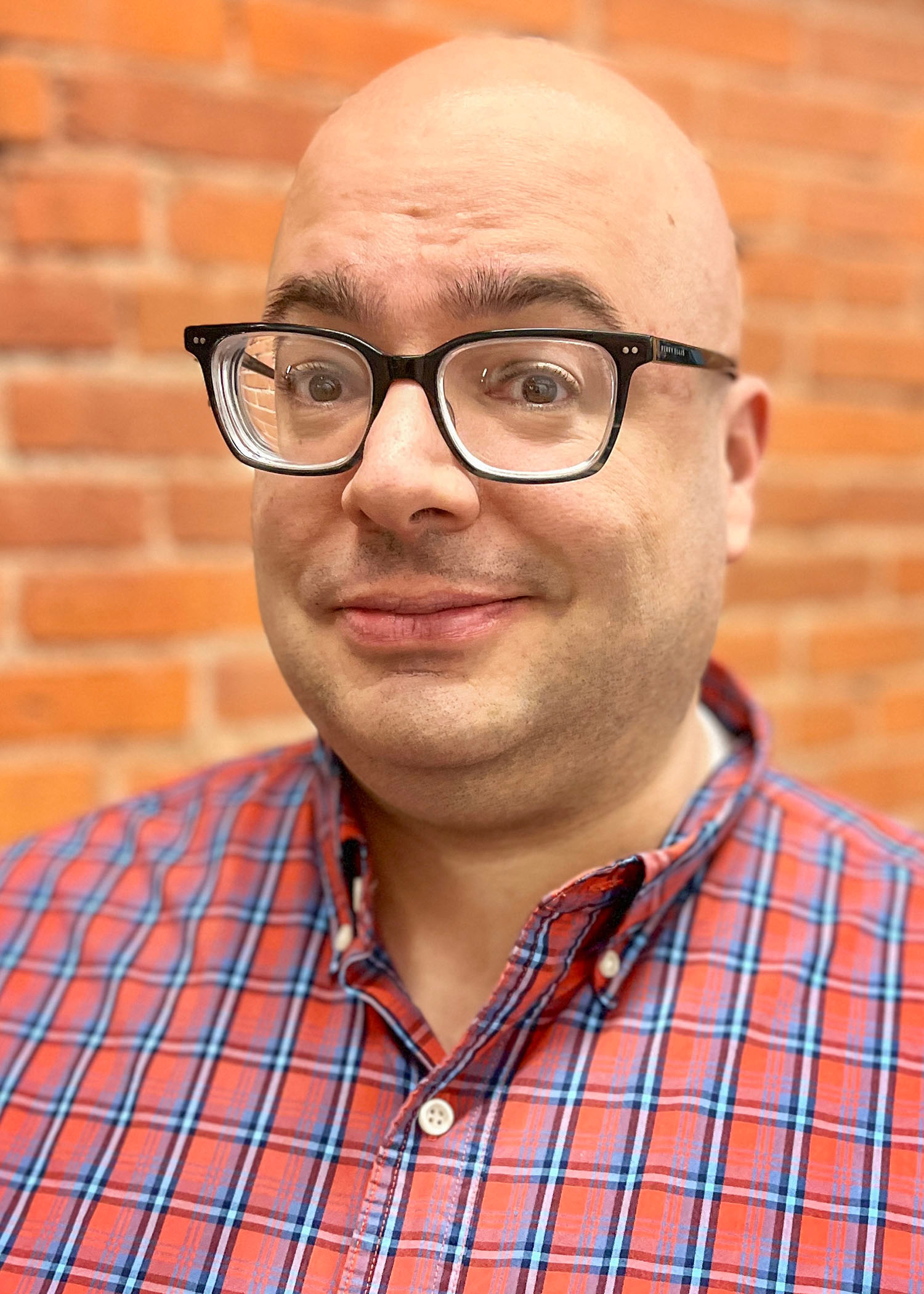
Vince Guerrieri
Vince Guerrieri is a sportswriter who's gone straight. He's written for Cleveland Magazine since 2014, and his work has also appeared in publications including Popular Mechanics, POLITICO, Smithsonian, CityLab and Defector.
Trending
-
1
-
2
-
3
-
4
-
5

